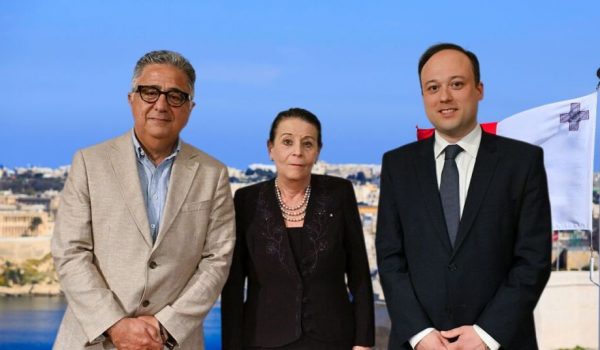Malta’s early restrictive measures compared to other countries were key to flattening the country’s Covid-19 curve, statistician Vincent Marmara told The Malta Independent on Sunday.
In his exclusive weekly analysis with this newsroom, Marmara noted how Malta’s curve is most similar to that seen in South Korea, but is far different from the curve in major European countries such as Italy, Spain, and the United Kingdom.
In Malta, there was a low number of cases initially, which rose to a short-term peak particularly on 7 April when 52 new cases were reported, and then declined sharply to a point where there is a low number of cases on a day to day basis.
However, countries such as the UK, Spain, and Italy all saw a sharp increase to a peak which has lasted for a number of days, even weeks before then beginning a slow decline.
Marmara observed that the key difference between Malta and these three European powerhouses is the timing of the implementation of restrictive measures which, he notes, has been a crucial factor in the drawing of each country’s respective curve.
Those three countries, he said, all registered their first case in around the same period – on 21 January this year. However, for a period after that none of the countries reported any new cases – a point which Marmara notes to be intriguing in terms of whether there were actually no new cases or whether they had not put procedures in place to actually be able to find and report new cases.
In these countries, it is important to note the time difference from the first case being found to when restrictive measures were put in place, Marmara said.
Italy suspended mass events and closed its schools 34 days after the first cases was found, while it closed non-essential shops after 39 days. Spain suspended mass events after 39 days, and closed schools and non-essential shops after 44 days. The UK meanwhile acted slowest out of the three: it took 46 days to suspend mass events, 50 days to close non-essential retail outlets, and 52 days to close schools.
Malta meanwhile, closed its schools only 8 days after the first case of Covid-19 was found on the islands on 7 March, while mass events were suspended after 10 days and non-essential retain outlets were closed after 18 days.
Marmara notes that it is clear to him that the early decisions taken to control the pandemic made Malta’s curve lower.
He noted that now that restrictions are starting to be relaxed, it is important to analyse the effect that such relaxation has on Malta’s reproduction ratio – which has remained stable thus far – so a clearer understanding can be gained as to what measures can follow.
As of Saturday, Malta had registered a total of 490 cases of the virus, only 58 of which remain active. 427 people have recovered, while 5 people who contracted the virus have passed away.
The number of weekly cases over the past week has remained practically identical to the numbers over the past two weeks, meaning that Malta’s curve has remained stable at a low baseline.
The first restrictive measures began to be lifted on 1 May, with non-essential retail outlets being re-opened, several medical procedures being started again, and travel between Malta and Gozo resuming. Still, several conditions, such as the mandatory wearing of facemasks or visors when visiting outlets or using public transport or the Gozo ferry, have been put in place with the intention of mitigating the spread of the virus.
While there are now only 58 active cases of the virus, Public Health Superintendent Charmaine Gauci has continued to call for caution as there still may be asymptomatic carriers of the virus in the community. As of Friday, 13% of Malta’s Covid-19 cases were found to be asymptomatic – meaning that they displayed no symptoms.
Source: Malta Independent



